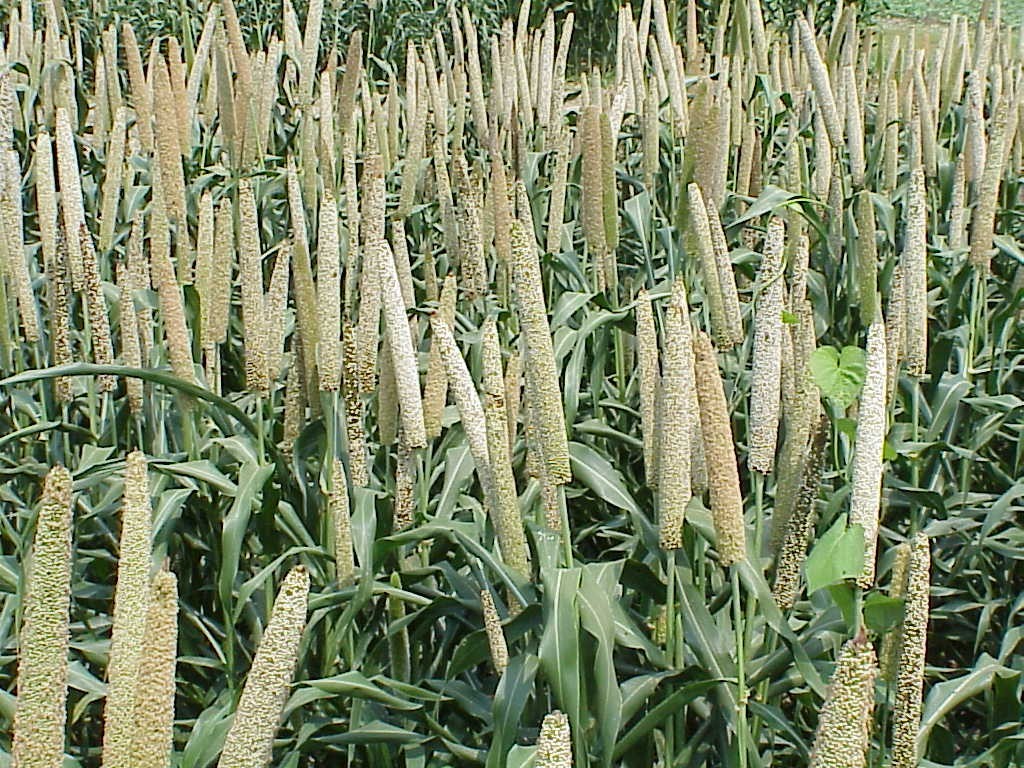
Different Types Of Millets
Different Types Of Millets
Below is the list of 10 types of millets commonly known to people
1. Sorghum Millet
Sorghum, commonly known as Jowar in India, is used to make rotis and other Indian bread. Organic jowar is a rich source of iron, protein, and fibre, and can help lower cholesterol levels due to the presence of policosanols. It is recommended to people with wheat intolerance.
2. Finger Millet
Finger millet is a red-coloured grain that is popularly called ragi. A healthy substitute for rice and wheat, it has the goodness of protein and amino acids. Ragi is also used to make cookies and halwa. It is also gluten-free and should be given to growing kids for brain development.
3. Foxtail Millet
Foxtail millet is a good source of blood sugar balancing carbohydrates that make it beneficial for sugar and heart patients [1]. It is available in the form of semolina and rice flour. Also known as kakum/kangni, it is a great source of iron and calcium and is believed to boost immunity.
4. Pearl Millet
One of the most popular types of millets that you must have tasted is pearl millet or Bajra. With umpteen health benefits, it is prepared in various forms, including roti and khichdi. Bajra contains iron, protein, fibre, and minerals like calcium and magnesium. That is why it should be consumed daily to have a balanced diet [2].

5. Barnyard Millet
Sanwa, or barnyard, is another type of millet that is nutritionally dense with high fibre content. If you are planning to lose weight, then incorporating it into your diet can do wonders for your overall well being. Sanwa is rich in calcium and phosphorous, which helps in bone building.
6. Proso/Broomcorn Millet
Proso/Broomcorn millet is good for balancing blood sugar levels and has a low glycemic index. It is popularly called Chena in India and is used as bird feed.
7. Little Millet
Little millet goes by several names, including Moraiyo, Kutki, Shavan, and Sama. It is loaded with B-vitamins and minerals such as calcium, iron, zinc, and potassium. It is used in several traditional dishes of South India and is often substituted for rice.
8. Amaranth Millet
One of the lesser-known types of millets is Amaranth, also known as Rajgira, Ramdana, and Chola. This millet is high on protein and helps fight hair loss and greying. Amaranth also reduces cholesterol levels and the risk of cardiovascular disease. It is high in calcium, antioxidants, and other minerals.
9. Buckwheat Millet
Buckwheat is one of the most popular types of millets in India and is often used during the fasting period of Navratras. Also called Kuttu, it is diabetic friendly and lowers blood pressure. It is beneficial for good cardiovascular health and should be incorporated into your diet if you want to lose weight. Buckwheat also protects against breast cancer, childhood asthma, and gallstones. It is popularly ground into a fine powder to make bread, puris, and cheelas.
10. Kodu Millet
Kodu millet or Kodon is easily digestible and contains higher amounts of lecithin. It is vital for strengthening the nervous system. Among other vitamins and minerals, kodu is a fantastic source of B vitamins, especially niacin, B6, and folic acid. It contains minerals such as calcium, iron, potassium, magnesium, and zinc. Since kodu is gluten-free, it is excellent for people who are gluten intolerant. When consumed regularly by postmenopausal women, it can relieve signs of cardiovascular diseases such as high blood pressure and cholesterol levels.




